A group of parts that work together as a whole is called a ___________.
system

The force pressing on an area is called ______________.
pressure

The ability to do work is called __________.
energy

Mass divided by volume is called ____________.
density
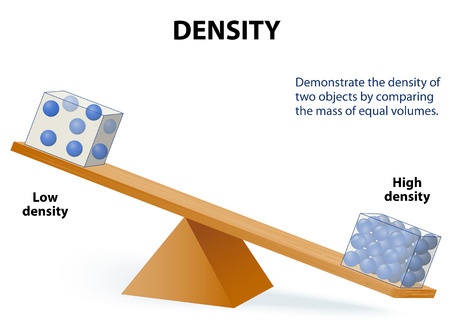
What is the thickest layer of Earth located directly under the thinnest layer of Earth?
The Mantle
Which sphere contains all the gasses that surround Earth?
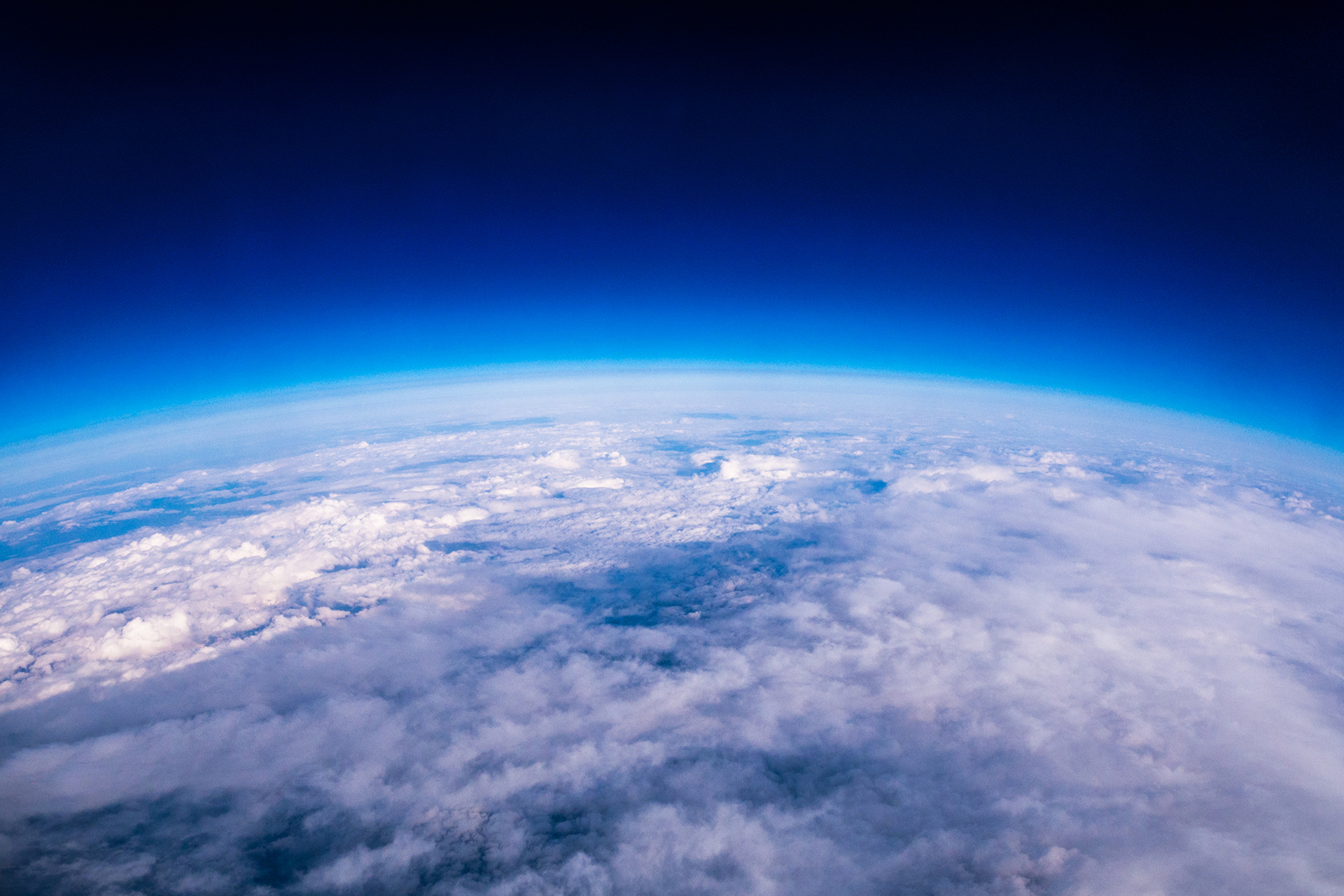
Atmosphere
Which of the following was created by a constructive force?
A. Lakes
B. Rivers
C. Mountains
D. Valleys
C. Mountains
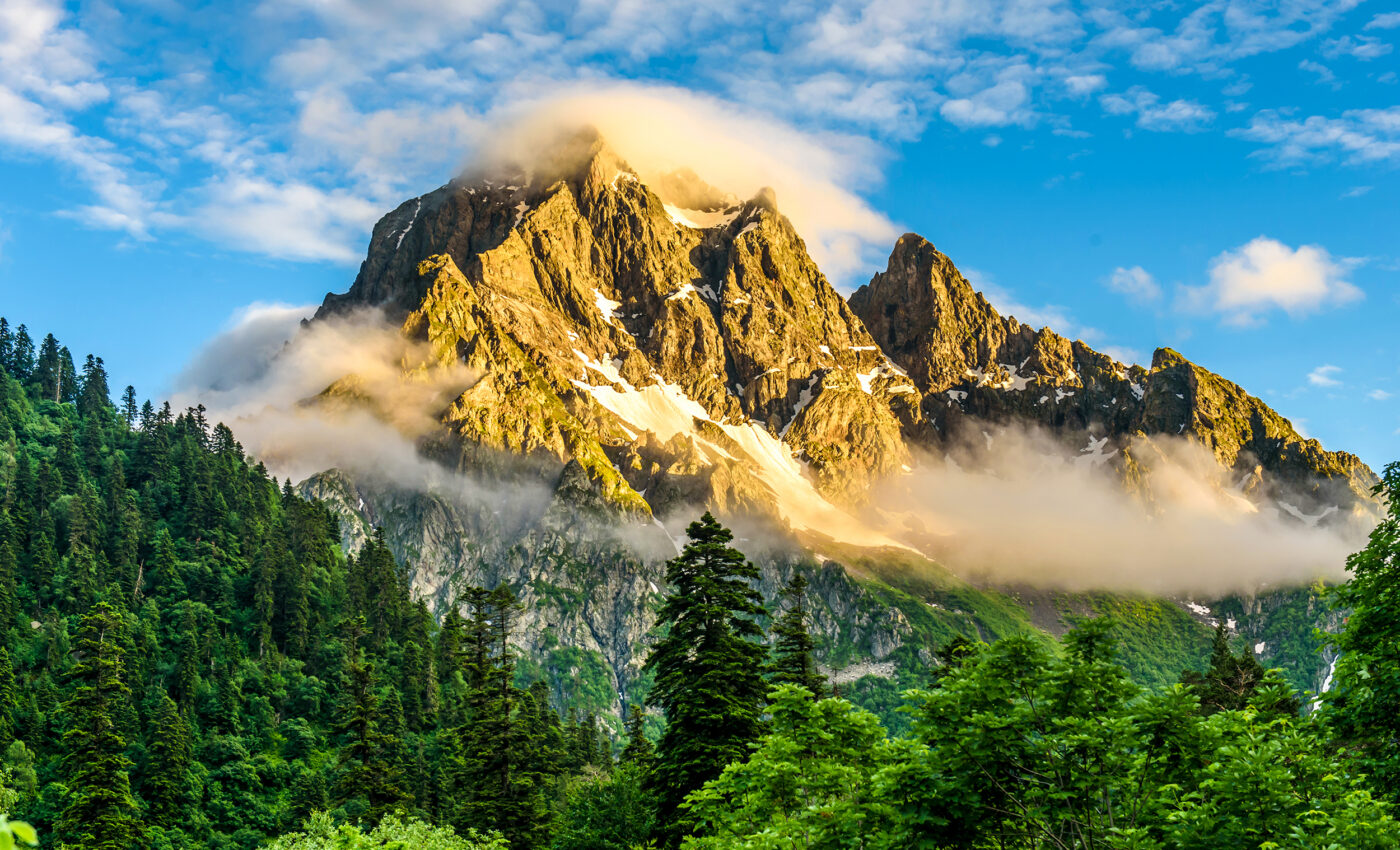
Which of the following is created by a destructive force?
A. Mountains
B. New rock layers
C. Sand Dunes
D. Canyons
D. Canyons
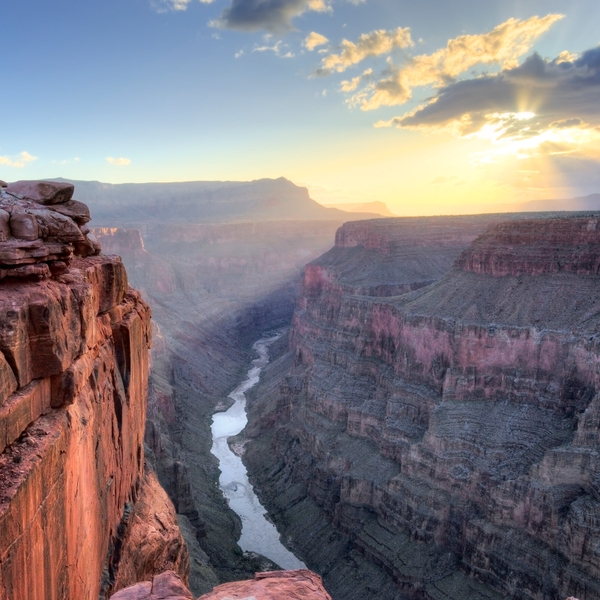
What kind of heat transfer is the following:
Getting sun burn for being outside for too long.
Radiation

As depth beneath Earth's surface increases, temperature and pressure __________.
Increases or goes up
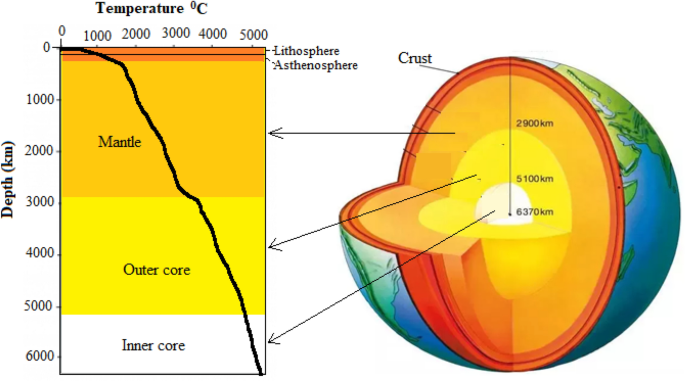
Which sphere contains all the rocks and minerals in Earth?

Geosphere
Name 2 types of constructive forces.
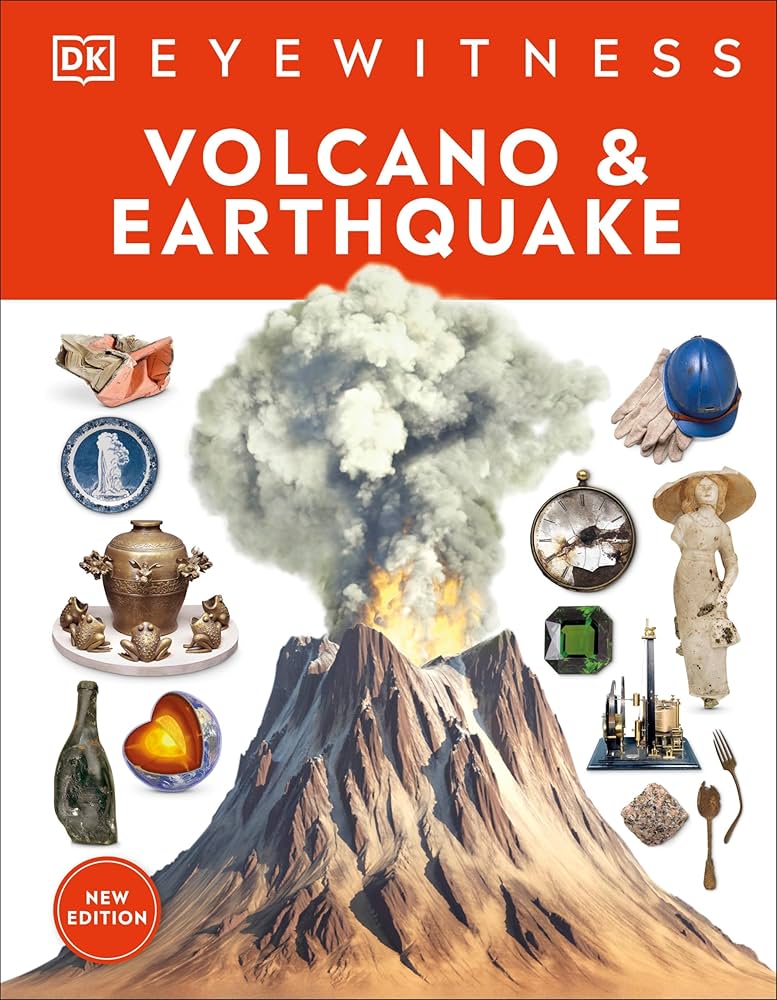
Name 2 types of destructive forces.
Rain, wind, waves, glaciers, rivers, temperature, weathering and erosion
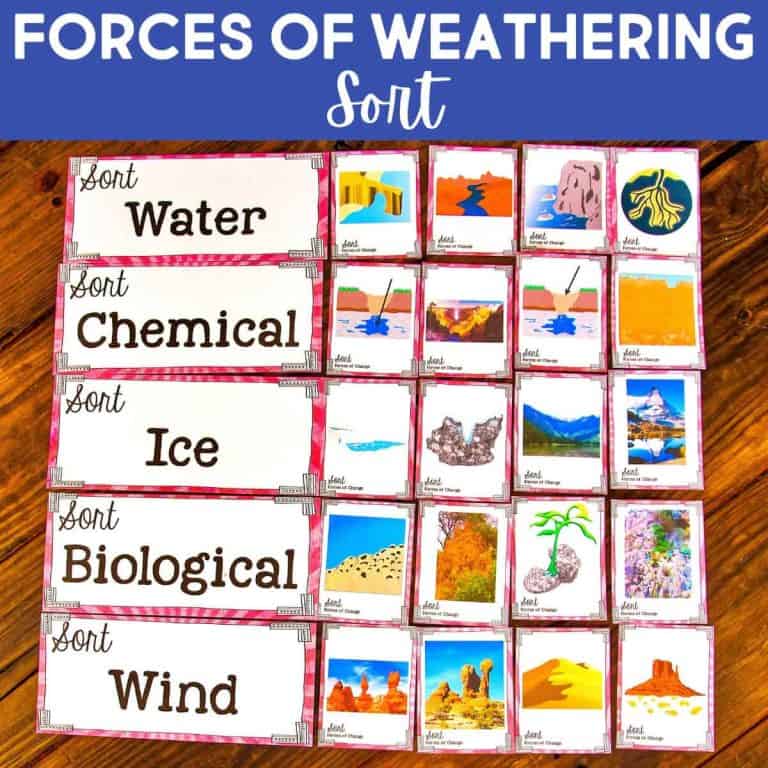
What kind of heat transfer is the following:
Burning your hand by grabbing a hot chocolate chip cookie right out of the oven.
Conduction
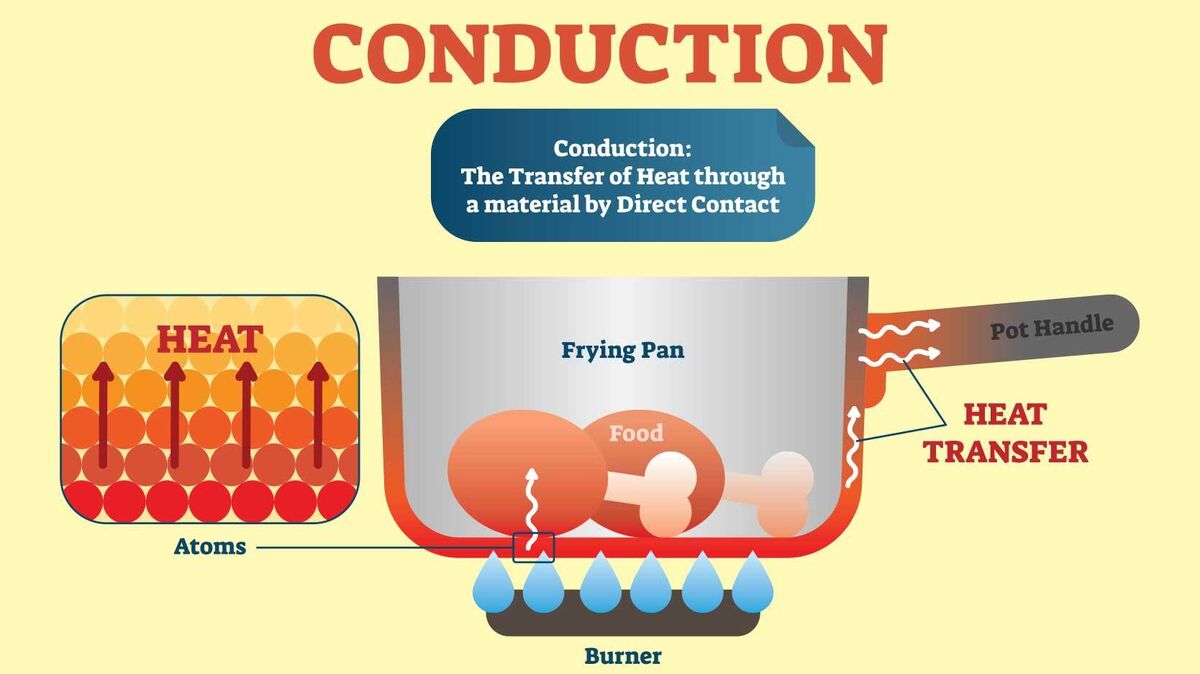
What are the layers of earth in order from the surface to the center of Earth?
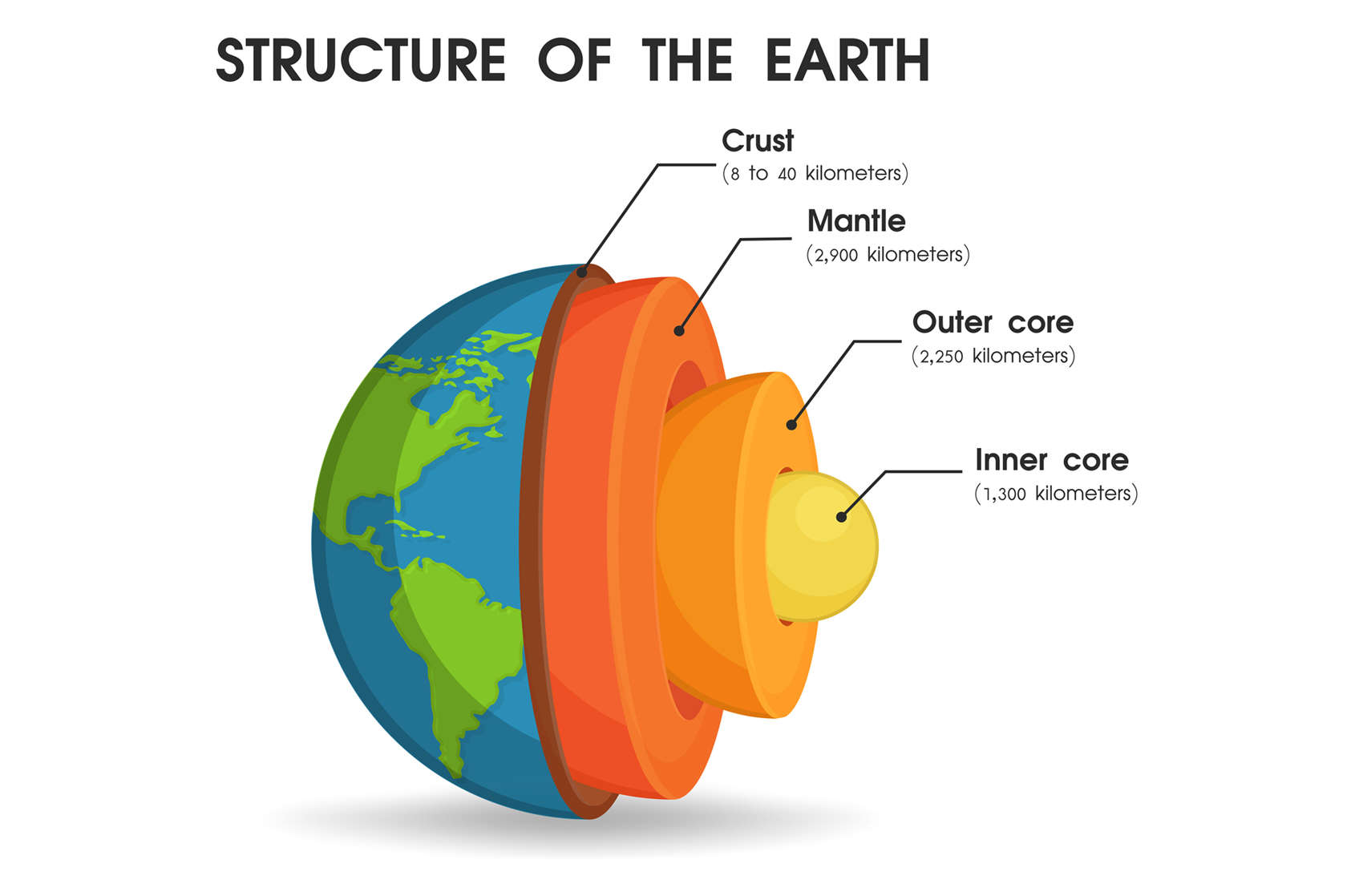
What does the biosphere contain?
All of Earth's plants and animals

Fill in the blank: Volcanoes and Earthquakes are constructive forces because each force __________ new features on earth's surface.
builds up, creates, constructs, etc.
Fill in the blank: Wind, water and temperature are a few examples of destructive forces because each ________________ Earth's surface.
breaks down, destroys, weathers, etc.
What kind of heat transfer is the following:
Boiling Mac and Cheese after school for a snack.
Convection

Which layer is made of liquid nickel and iron?
Outer Core

How is the hydrosphere interacting with another sphere in this picture.
:max_bytes(150000):strip_icc()/ban-gioc-waterfall-vietnam-china-WATERFALLS1021-40c10a77a6484605861b98ff09fd2737.jpg)
The hydrosphere is wearing away at the geosphere.
The hydrosphere is providing water for the biosphere.
The hydrosphere is adding water vapor to the atmosphere.
What is a constructive force?
A force that builds up Earth's surface over time.

What is a destructive force?
A force that breaks down or Earth's surface over time.

Place each step in order: You can write down just the number
1. Rock is cooled
2. Rock rises toward the crust
3. Rock becomes less dense
4. Rock becomes more dense
5. Rock is heated
6. Rock falls toward the center of Earth
5. Rock is heated
3. Rock becomes less dense
2. Rock rises toward the crust
1. Rock is cooled
4. Rock becomes more dense
6. Rock falls toward the center of Earth
Which layer is under so much pressure, despite the hottest temperatures inside earth, that the liquid iron and nickel cannot move normally so it stays a solid?
Inner Core
